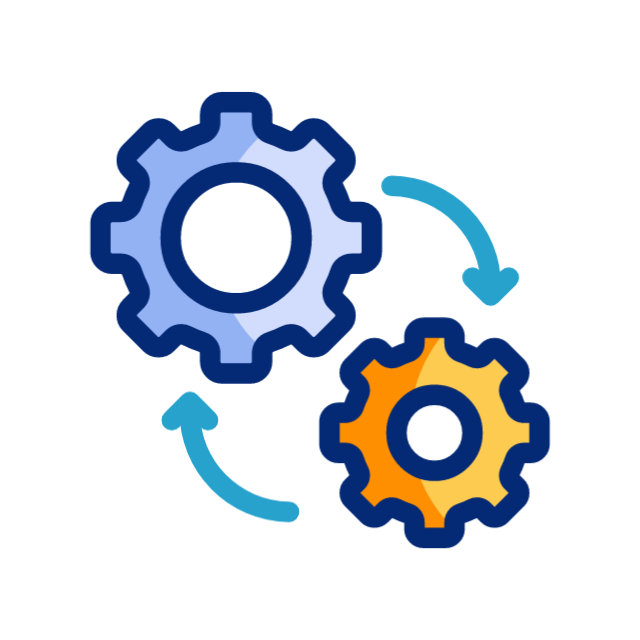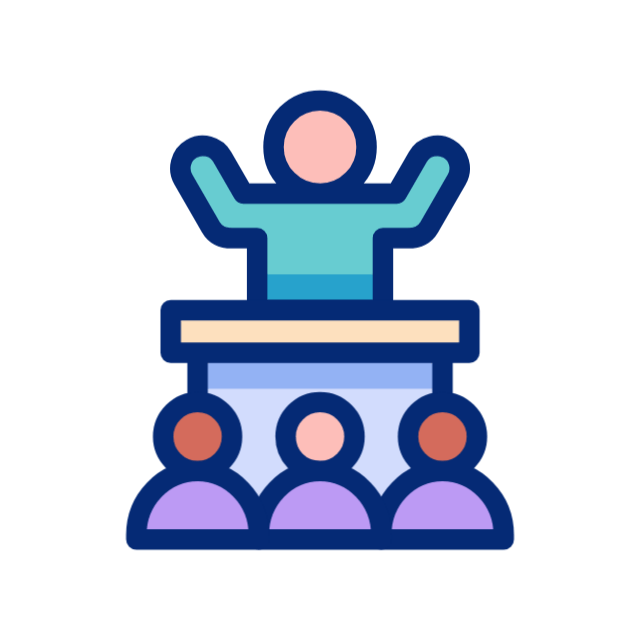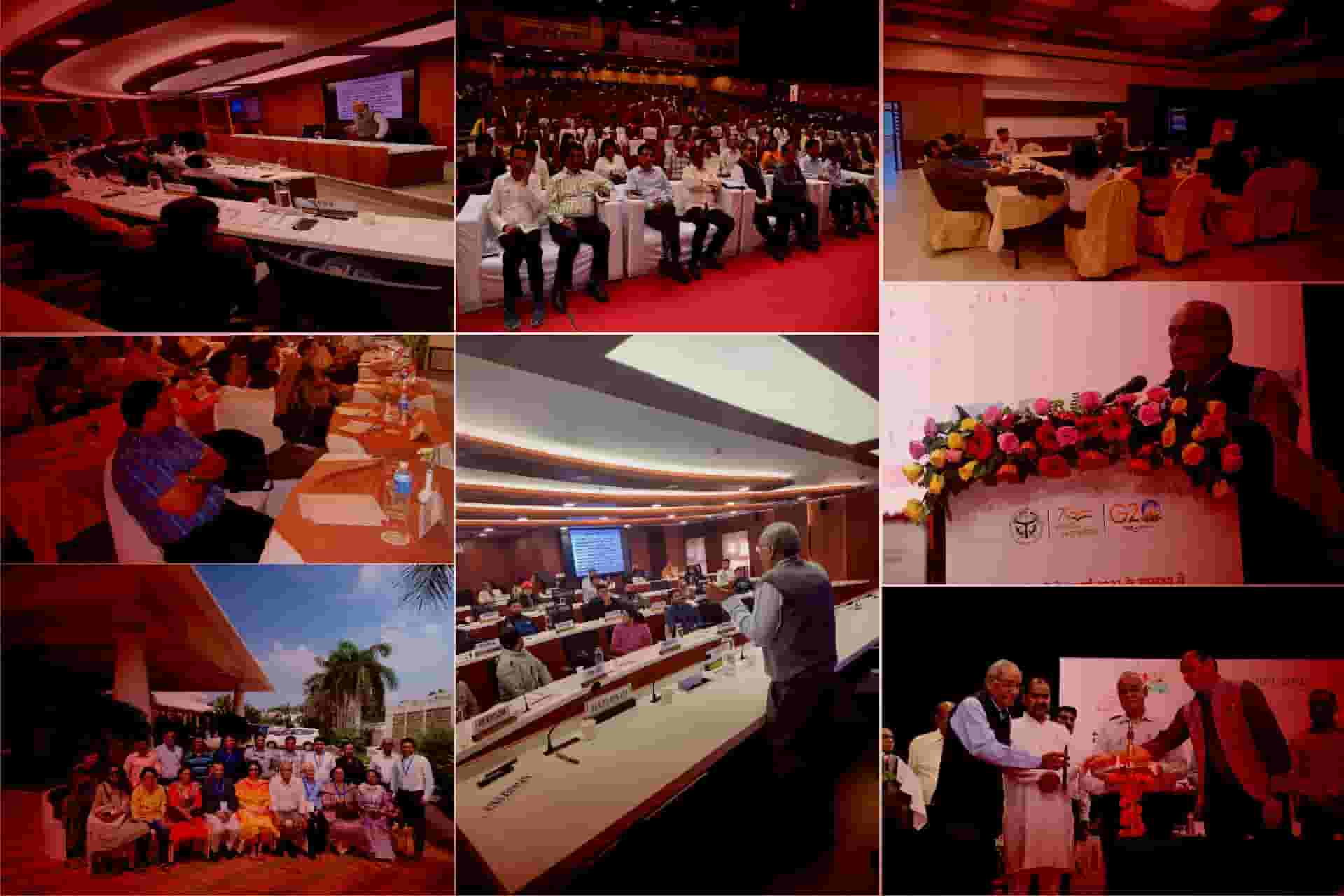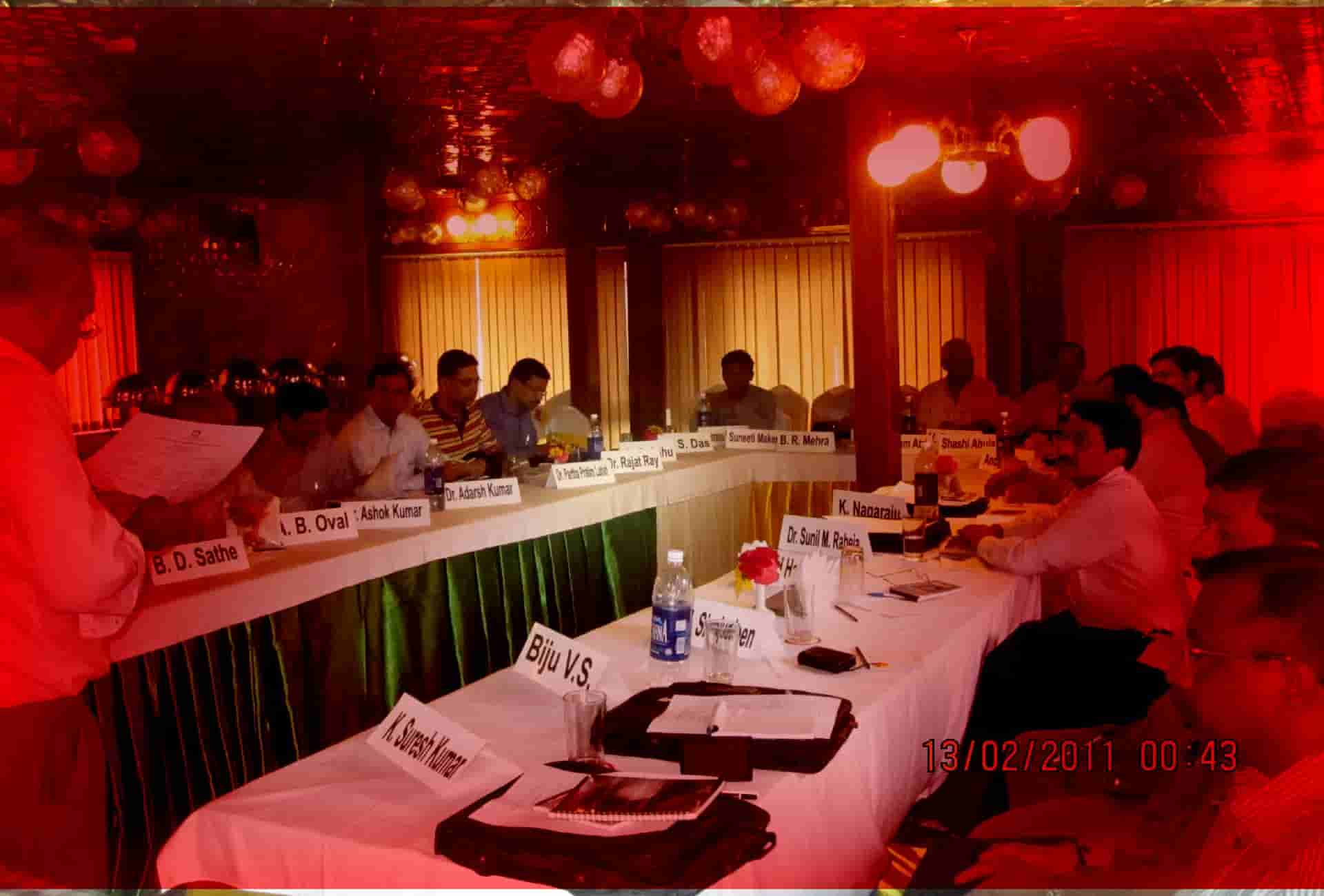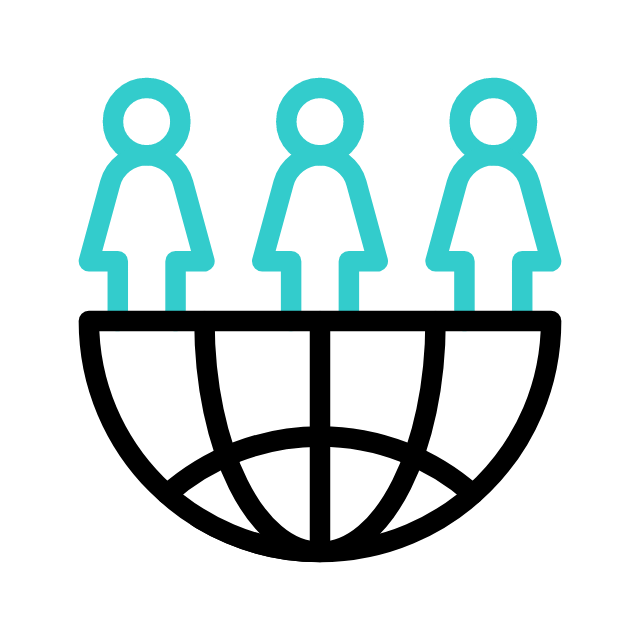
Benefits of Human Resource Management
- Improved Recruitment and Retention:
- HRM ensures that organizations attract and hire the best talent, reducing turnover rates and maintaining a stable workforce.
- Effective onboarding and training programs help new employees integrate smoothly, increasing their commitment and reducing early attrition.
- Enhanced Employee Performance:
- Performance management systems help set clear expectations, provide regular feedback, and support employee development, leading to improved performance and productivity.
- Training and development programs keep employees’ skills up-to-date, enabling them to perform their roles effectively.
- Increased Employee Satisfaction and Engagement:
- HRM fosters a positive work environment by addressing employee needs, promoting work-life balance, and recognizing and rewarding contributions.
- Engagement initiatives such as career development opportunities and employee recognition programs enhance job satisfaction and loyalty.
- Legal Compliance and Risk Management:
- HRM ensures that the organization complies with labor laws and regulations, minimizing the risk of legal issues and penalties.
- By maintaining proper documentation and handling employee relations professionally, HRM reduces the risk of disputes and litigation.
- Efficient Use of Human Capital:
- Workforce planning and talent management strategies ensure that the right people are in the right roles, optimizing the use of human resources.
- HR analytics and HR information systems (HRIS) provide insights for better decision-making regarding workforce management.
- Improved Organizational Culture:
- HRM promotes a positive organizational culture by fostering diversity and inclusion, encouraging open communication, and building a sense of community among employees.
- A strong culture attracts top talent and enhances the overall reputation of the organization.
- Employee Development and Growth:
- Continuous learning and development opportunities help employees grow their skills and advance their careers within the organization.
- Succession planning ensures that the organization is prepared for future leadership needs, maintaining continuity and stability.
- Better Employee Relations:
- HRM addresses and resolves workplace conflicts effectively, promoting a harmonious work environment.
- Employee relations programs enhance communication between management and staff, leading to better understanding and cooperation.
- Increased Productivity:
- By optimizing recruitment, training, and performance management, HRM ensures that employees are well-equipped and motivated to perform their jobs efficiently.
- Streamlined HR processes and systems reduce administrative burdens, allowing employees to focus on their core responsibilities.
- Enhanced Strategic Alignment:
- HRM aligns human resource policies and practices with the organization’s strategic goals, ensuring that the workforce contributes to the achievement of business objectives.
- Strategic HRM helps organizations adapt to market changes and remain competitive by continuously improving workforce capabilities.
Overall, effective Human Resource Management creates a supportive and productive work environment, enhances employee well-being, and drives organizational success.
What is Human Resource Management?
Human Resource Management (HRM) is the strategic approach to managing an organization’s most valuable assets—its employees. HRM involves a range of practices and processes designed to recruit, develop, manage, and retain employees, ensuring that they contribute effectively to the organization’s goals and objectives.
Key functions of Human Resource Management include:
- Recruitment and Selection: Identifying staffing needs, attracting qualified candidates, conducting interviews, and selecting the best candidates to fill job vacancies.
- Onboarding and Orientation: Introducing new employees to the organization, its culture, policies, and their specific roles and responsibilities, to help them integrate smoothly and become productive members of the team.
- Training and Development: Providing employees with the necessary skills, knowledge, and opportunities for professional growth through training programs, workshops, seminars, and career development initiatives.
- Performance Management: Setting performance standards, evaluating employee performance, providing feedback, and implementing performance improvement plans to ensure employees meet organizational goals.
- Compensation and Benefits: Designing and managing compensation structures, including salaries, bonuses, benefits, and incentives, to attract and retain top talent and ensure equitable and competitive remuneration.
- Employee Relations: Managing relationships between the organization and its employees, addressing workplace issues, resolving conflicts, and ensuring a positive and productive work environment.
- Compliance and Legal Issues: Ensuring that the organization complies with labor laws, employment regulations, and industry standards, and managing legal issues related to employment, such as contracts, workplace safety, and discrimination.
- Workforce Planning: Analyzing workforce trends, forecasting future staffing needs, and developing strategies to meet those needs through recruitment, retention, and employee development.
- Diversity and Inclusion: Promoting a diverse and inclusive workplace by implementing policies and practices that ensure equal opportunities and foster a culture of respect and collaboration.
- Employee Engagement and Retention: Developing initiatives to enhance employee engagement, job satisfaction, and loyalty, such as recognition programs, employee surveys, and career advancement opportunities.
- HR Information Systems (HRIS): Utilizing technology to streamline HR processes, manage employee data, and support decision-making through HR information systems and software.
The goal of HRM is to create a work environment where employees are motivated, skilled, and committed to achieving the organization’s objectives. Effective HRM practices contribute to organizational success by improving productivity, enhancing employee satisfaction, and fostering a positive organizational culture.









